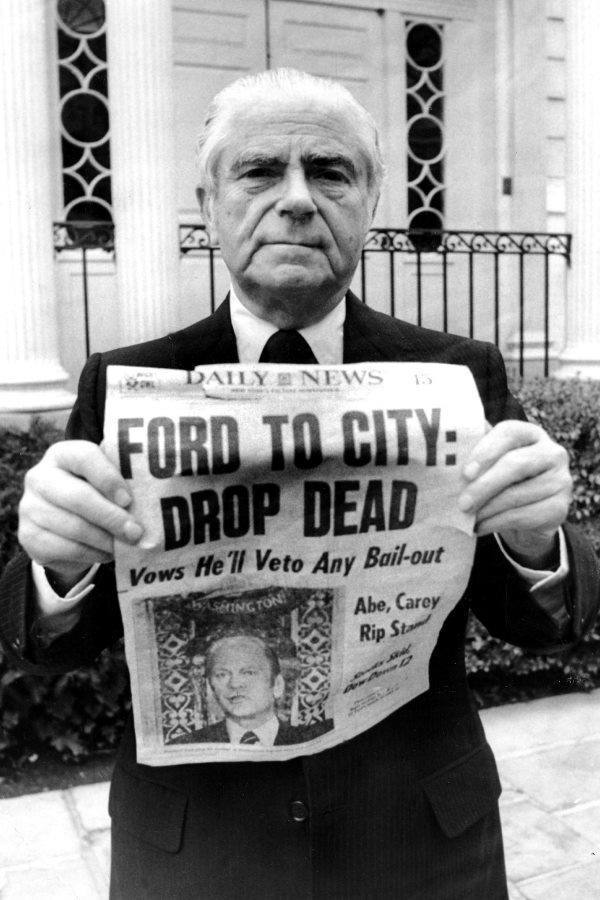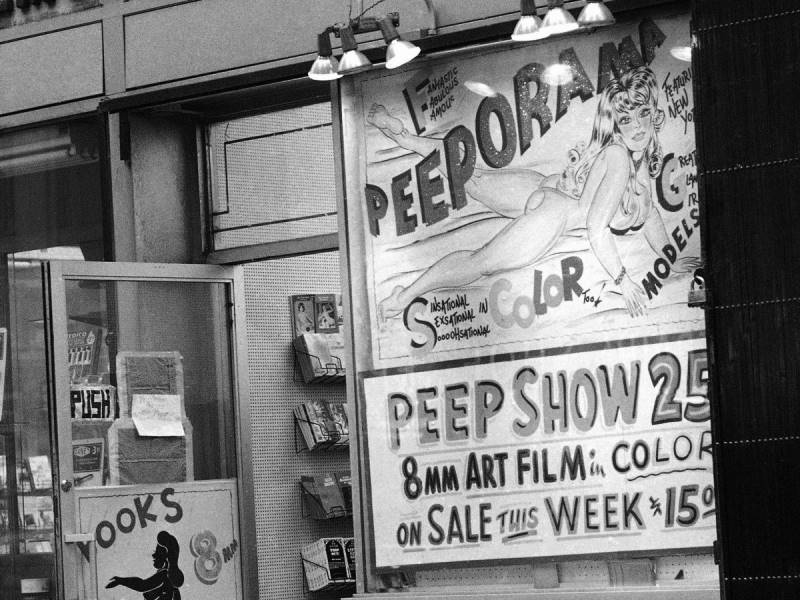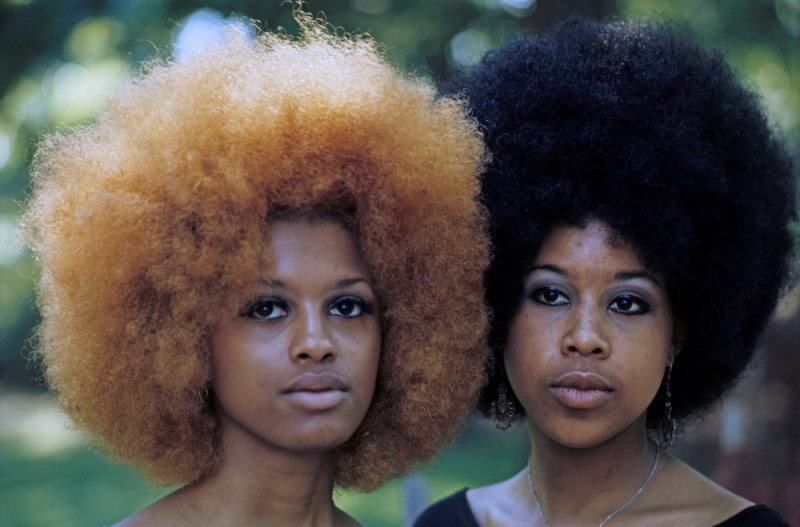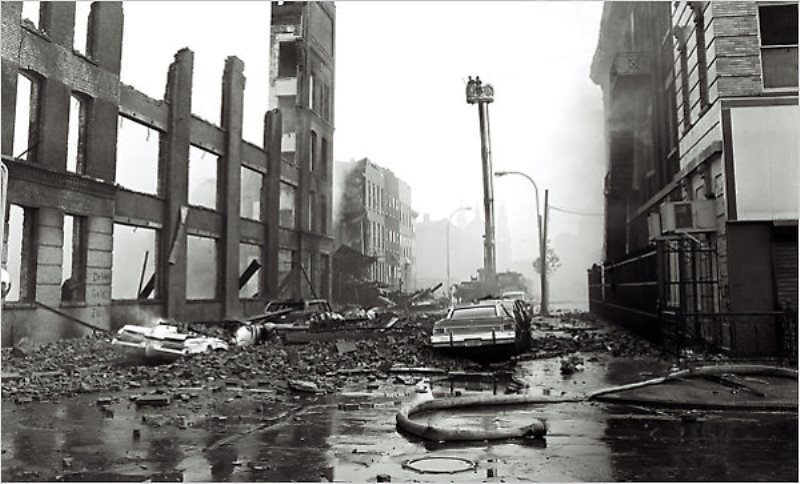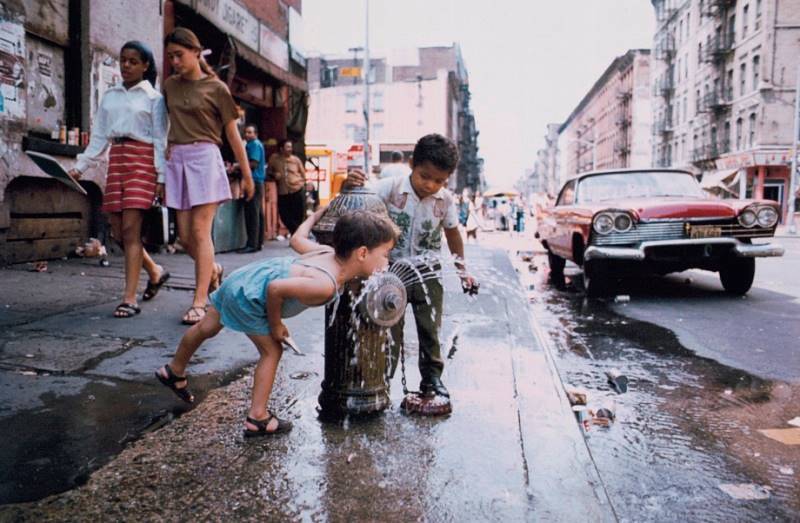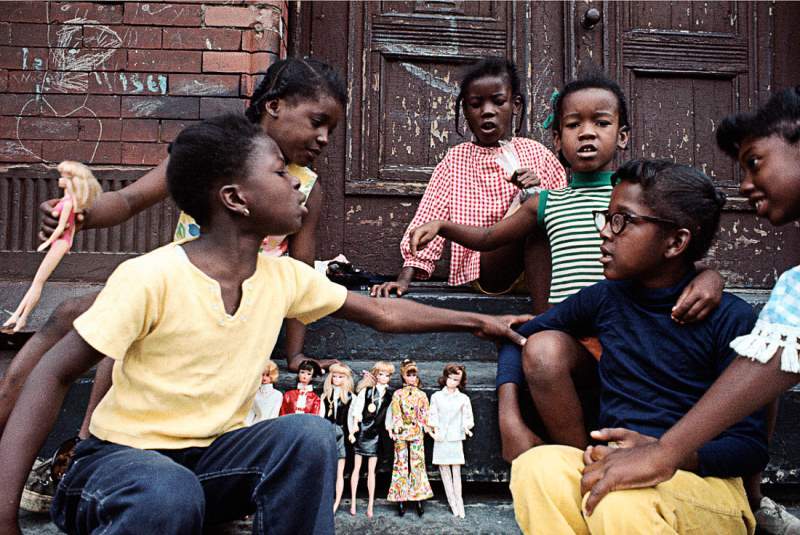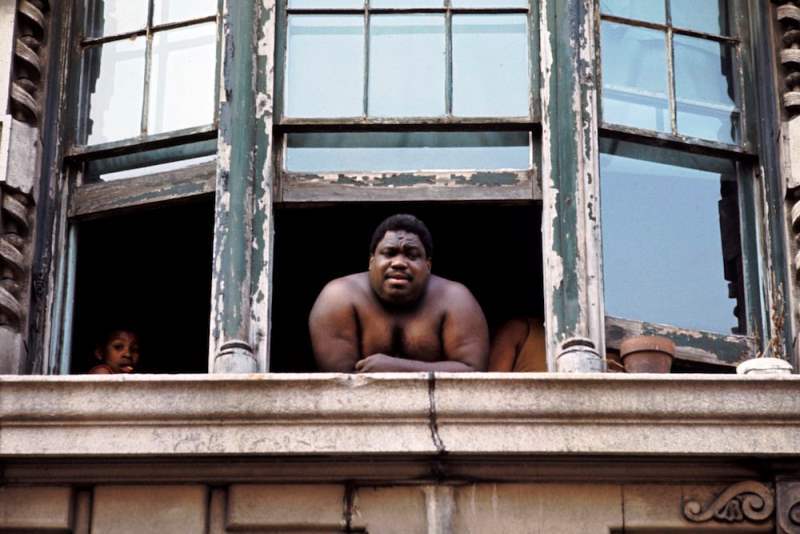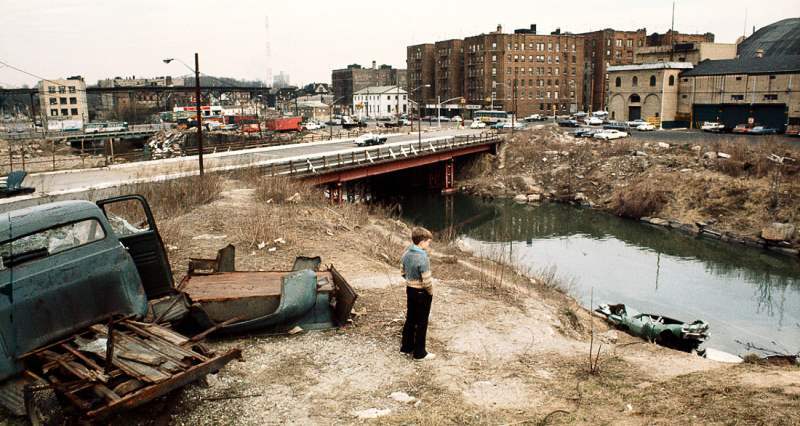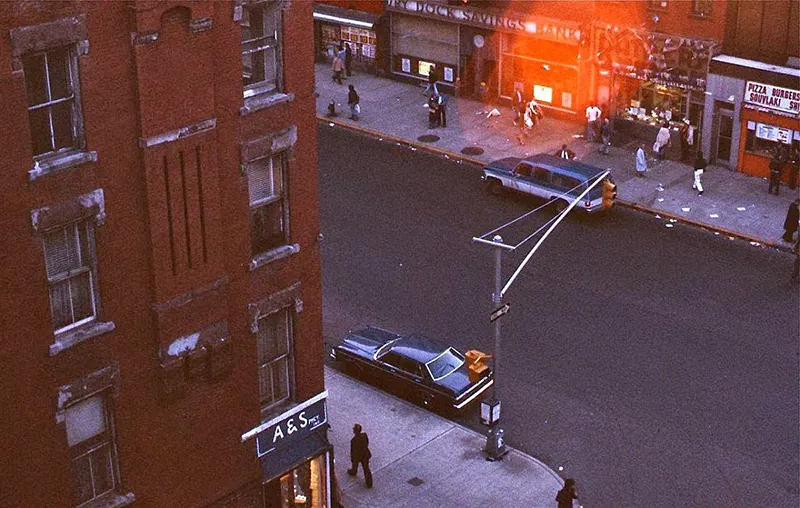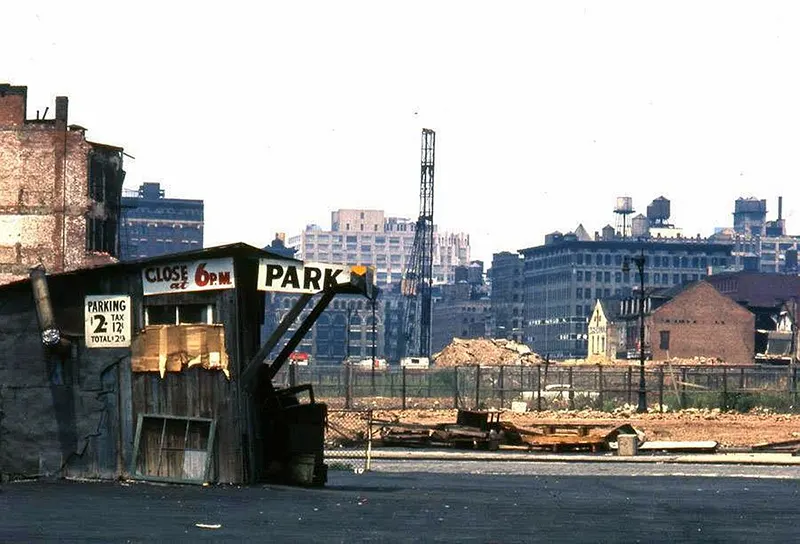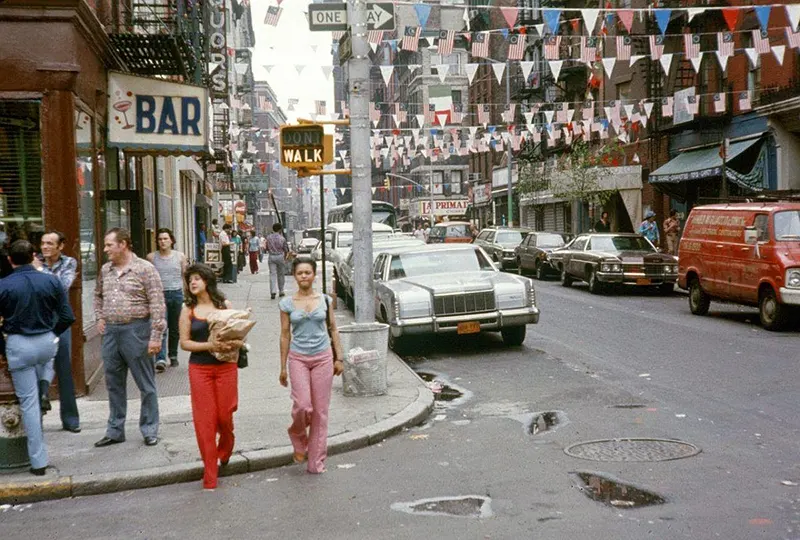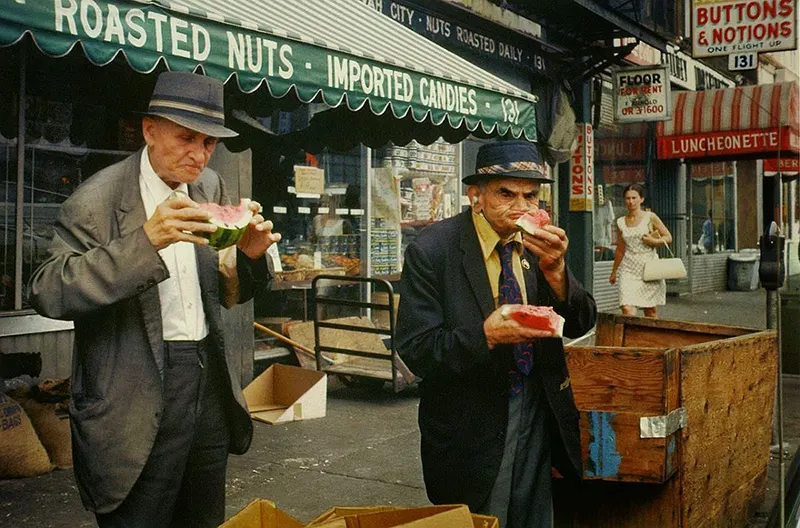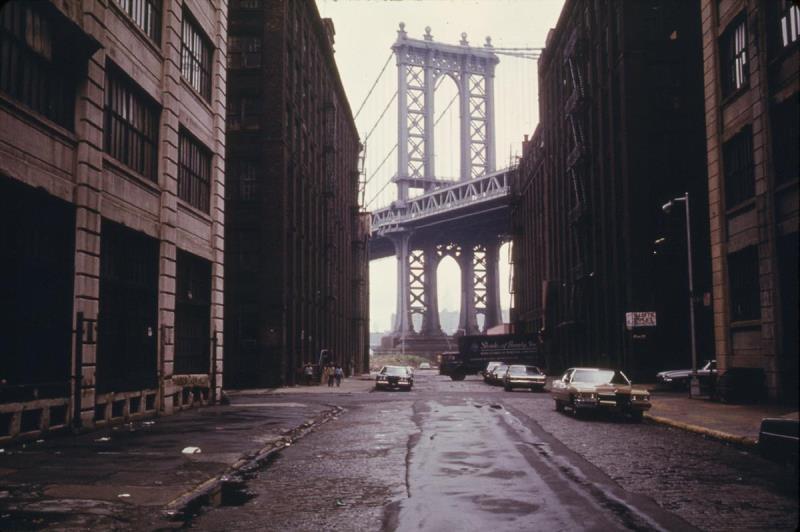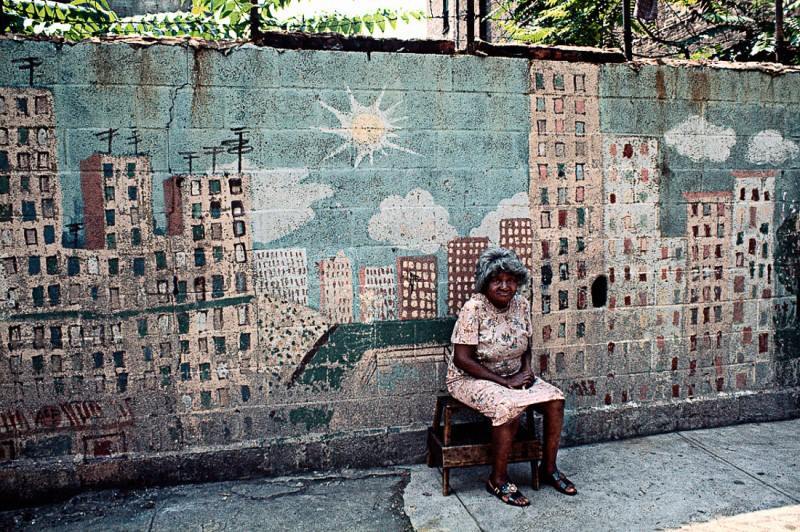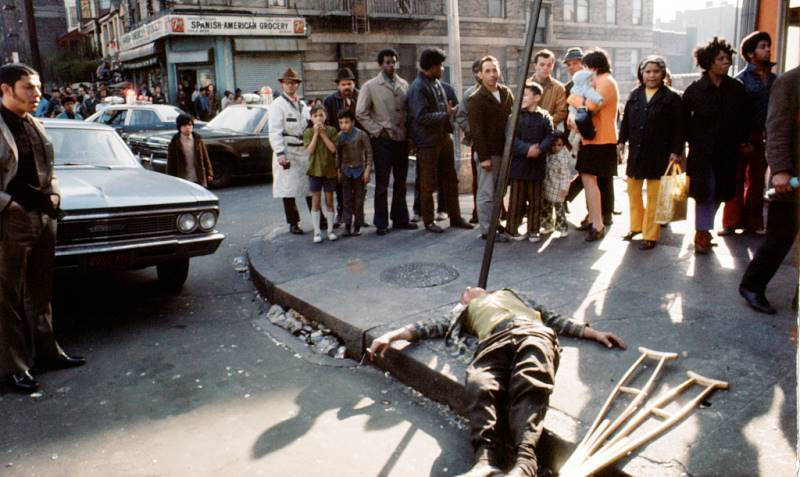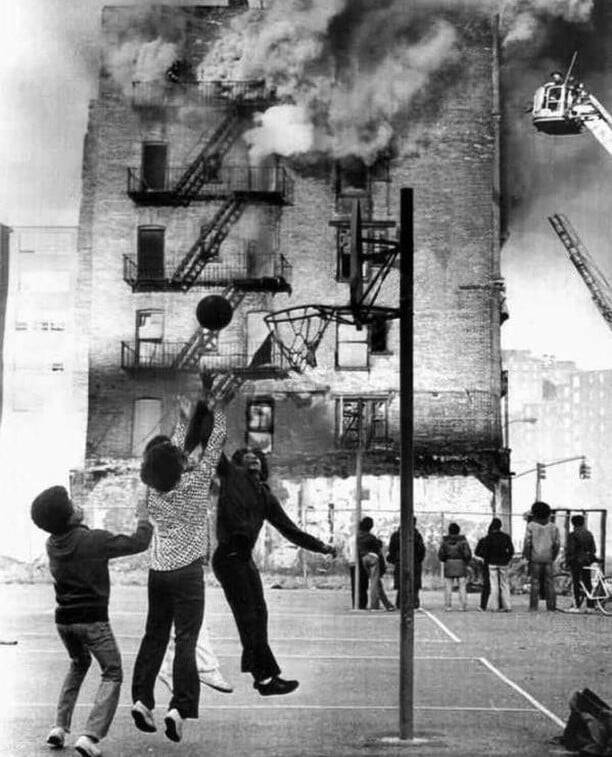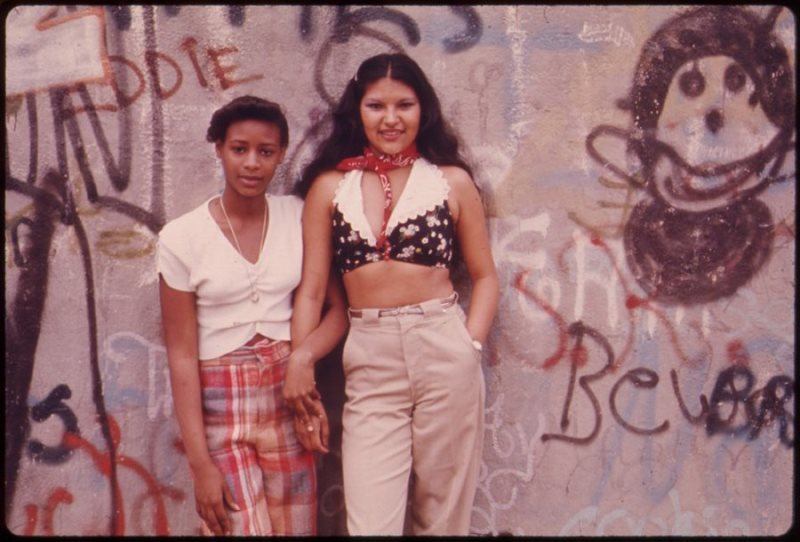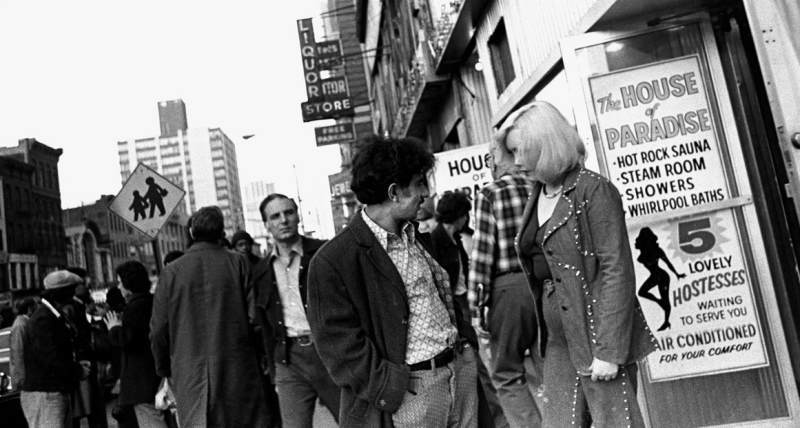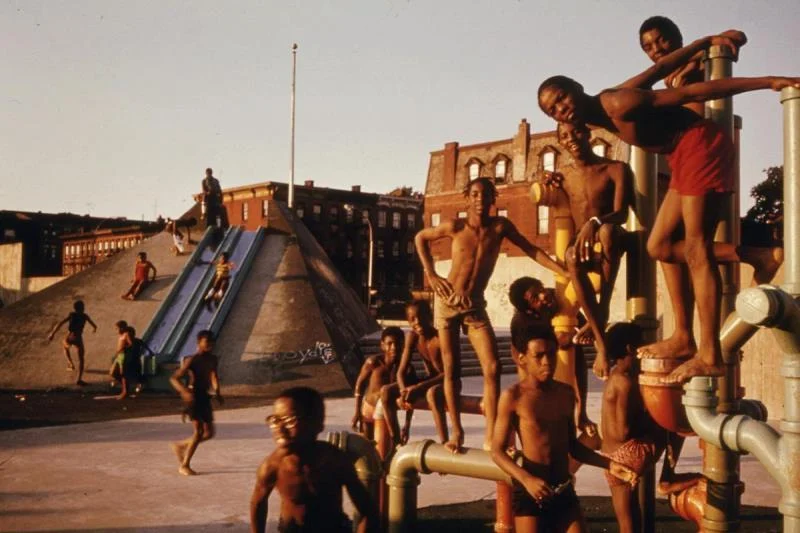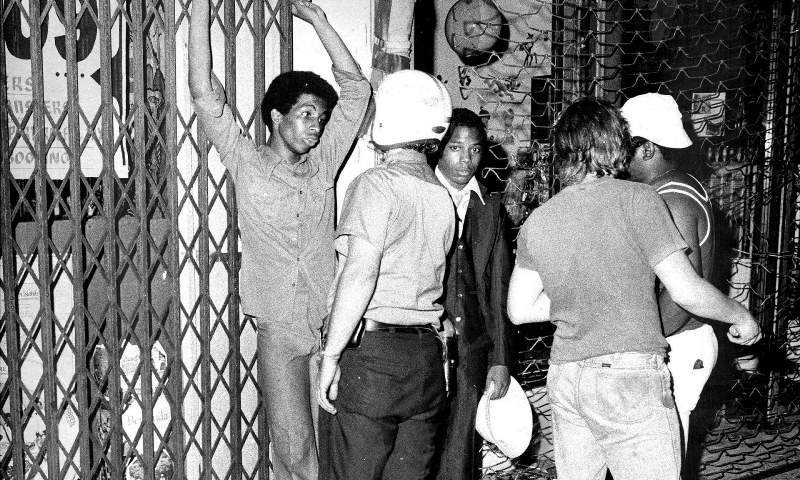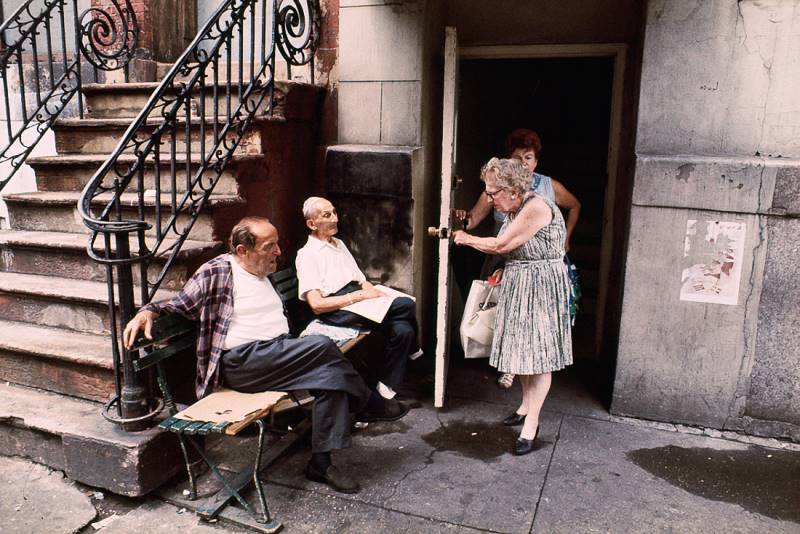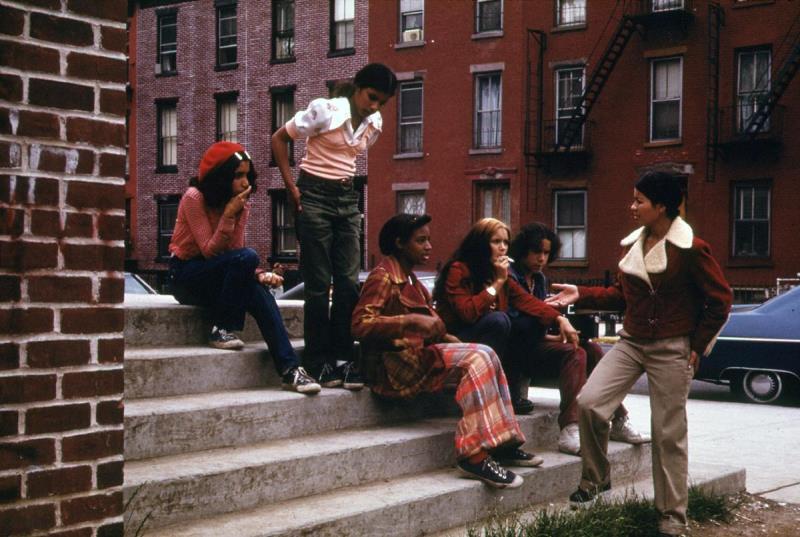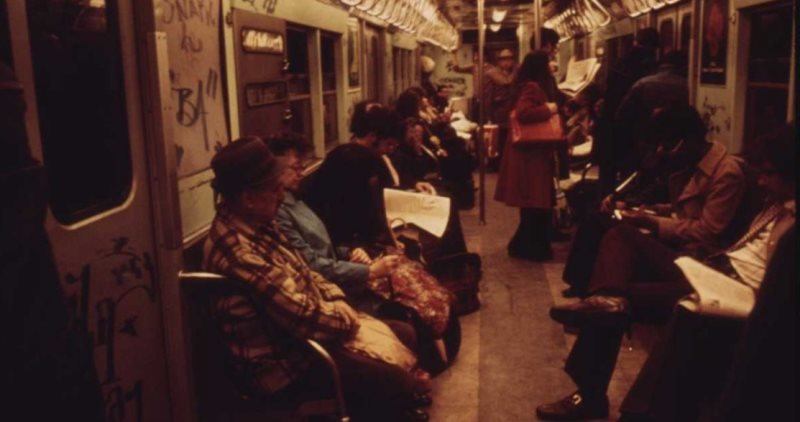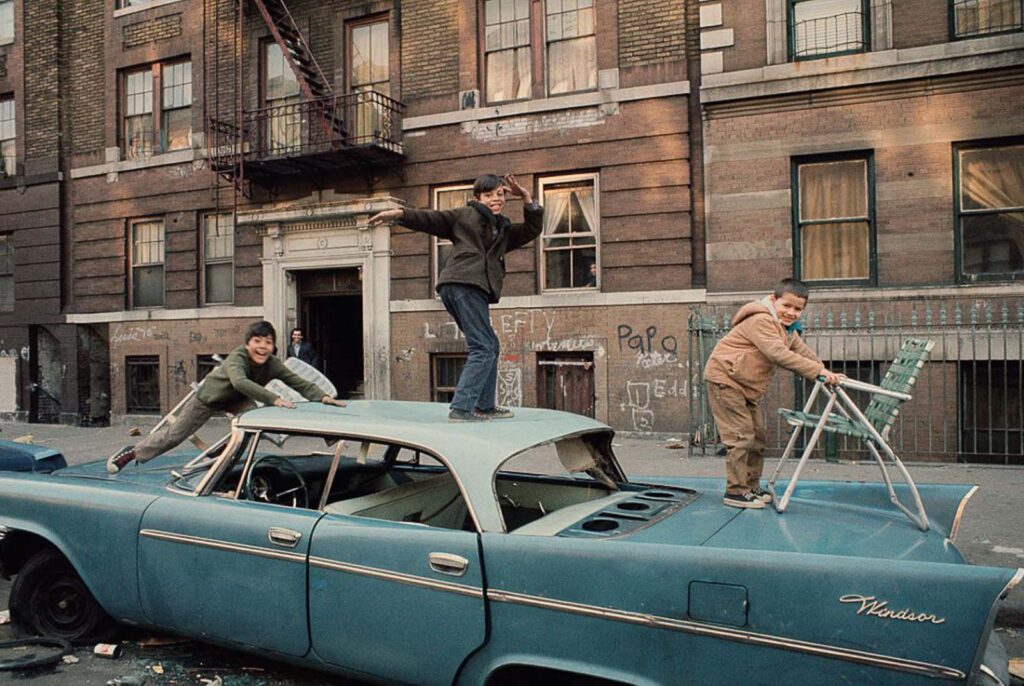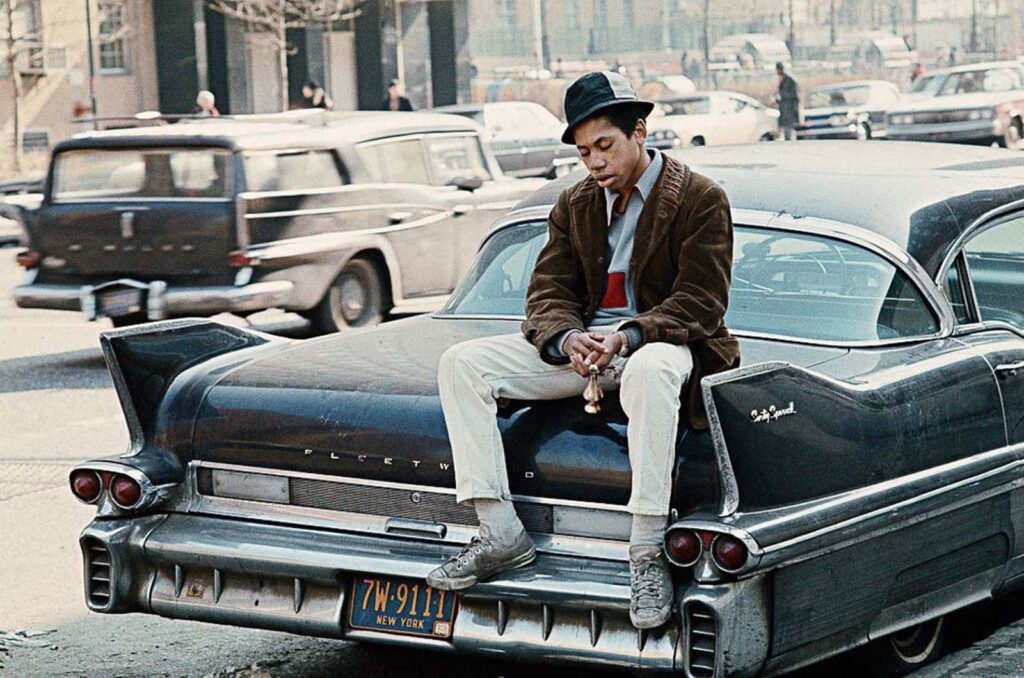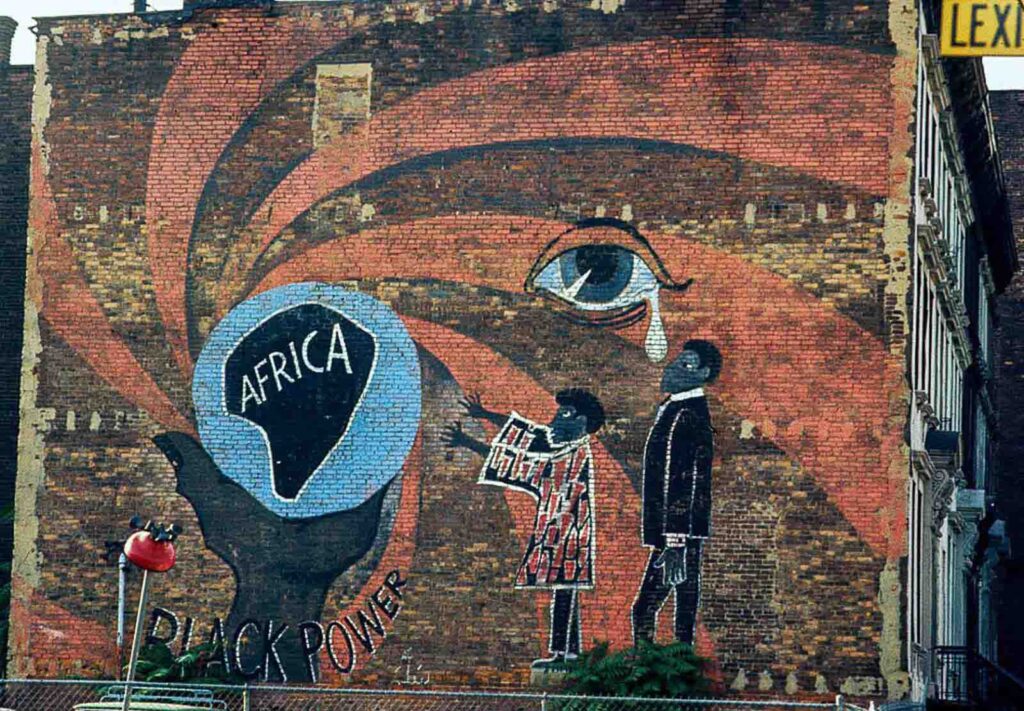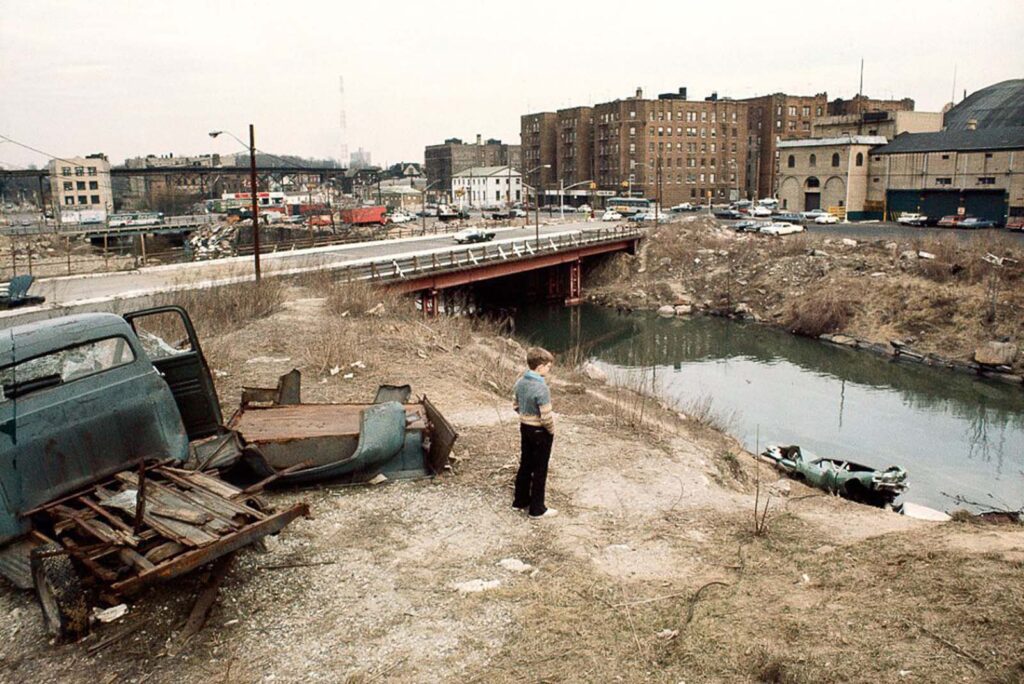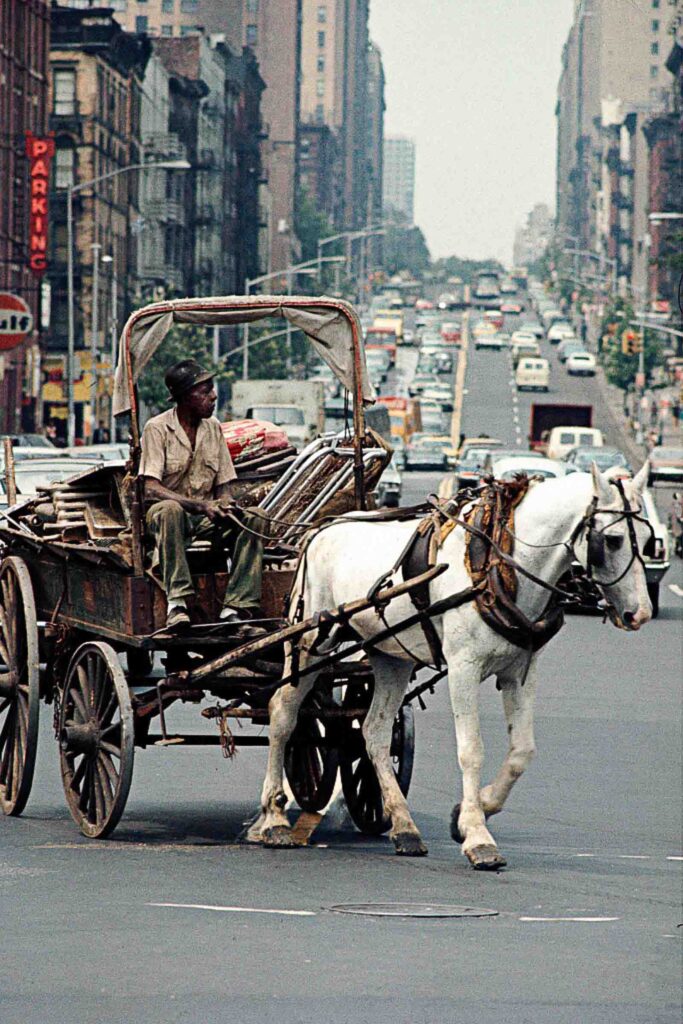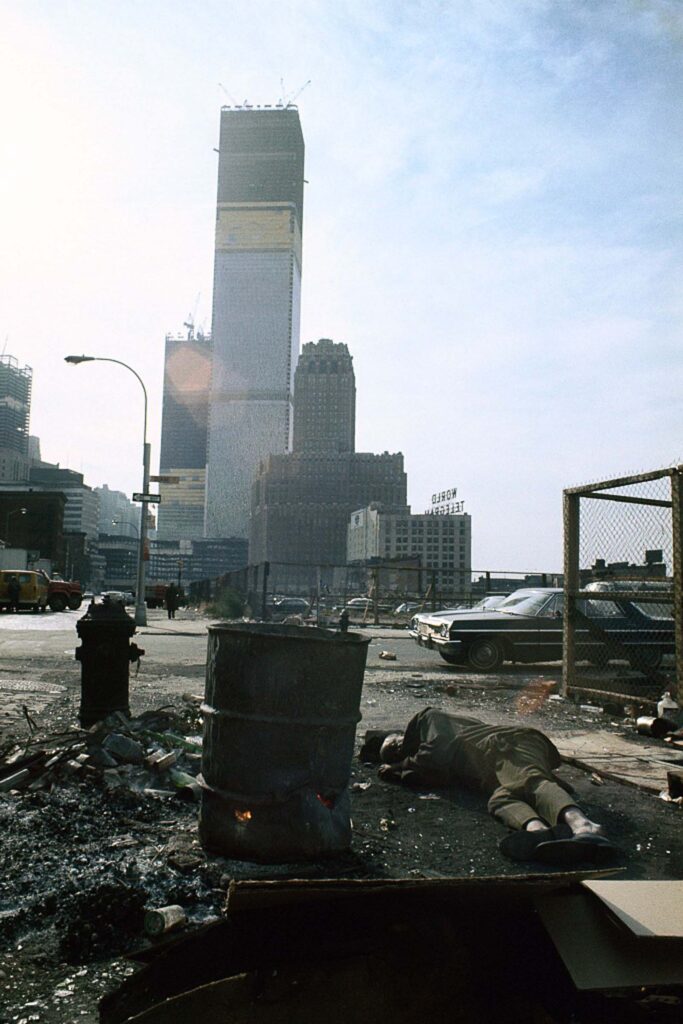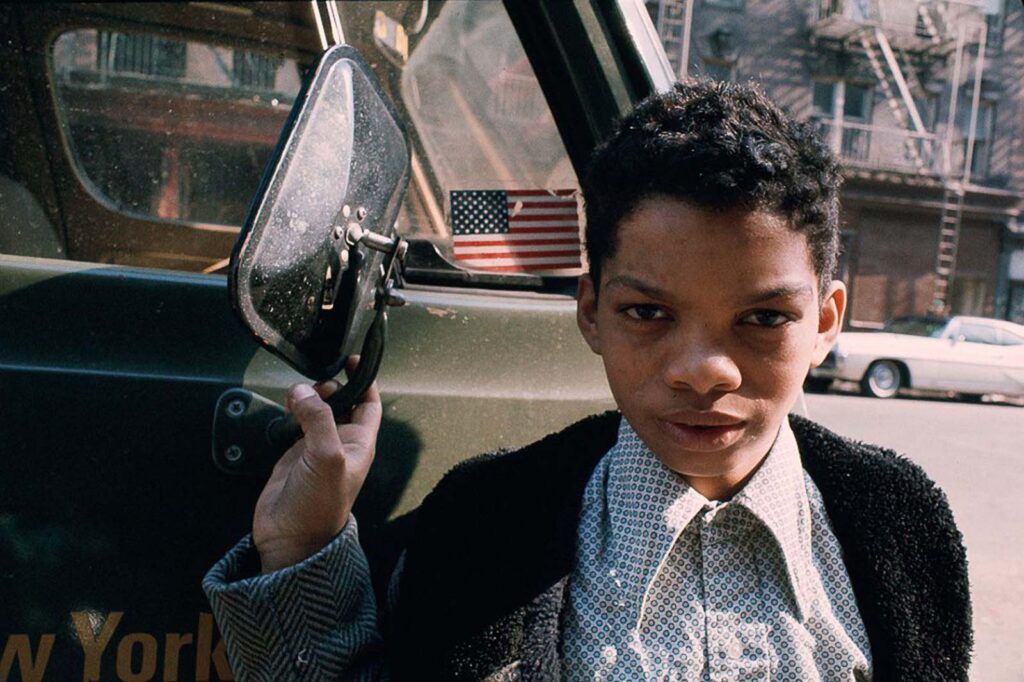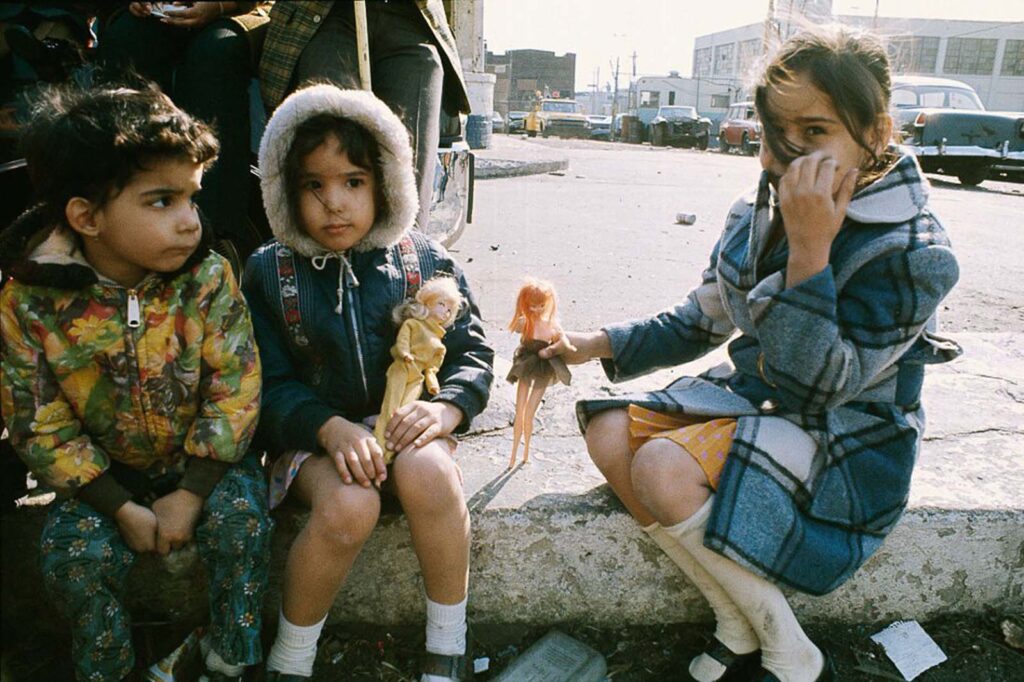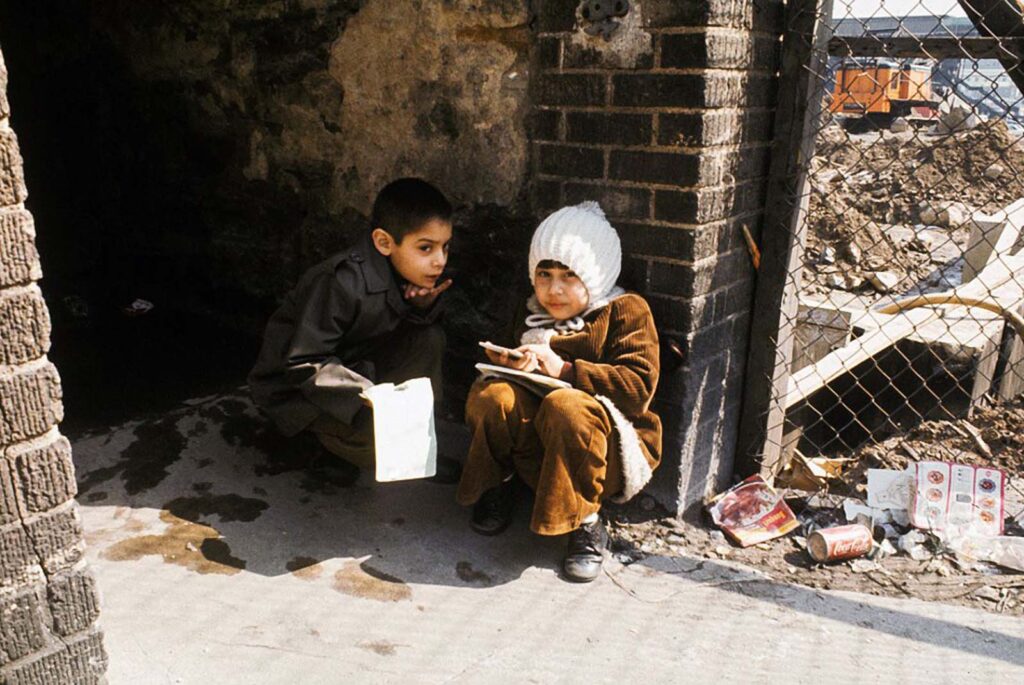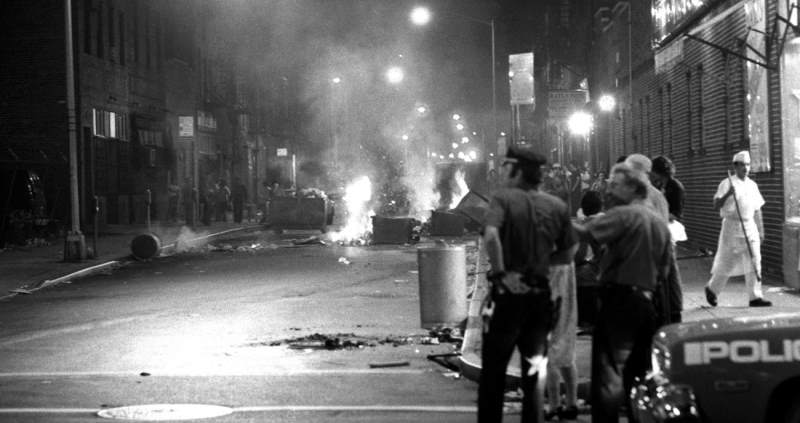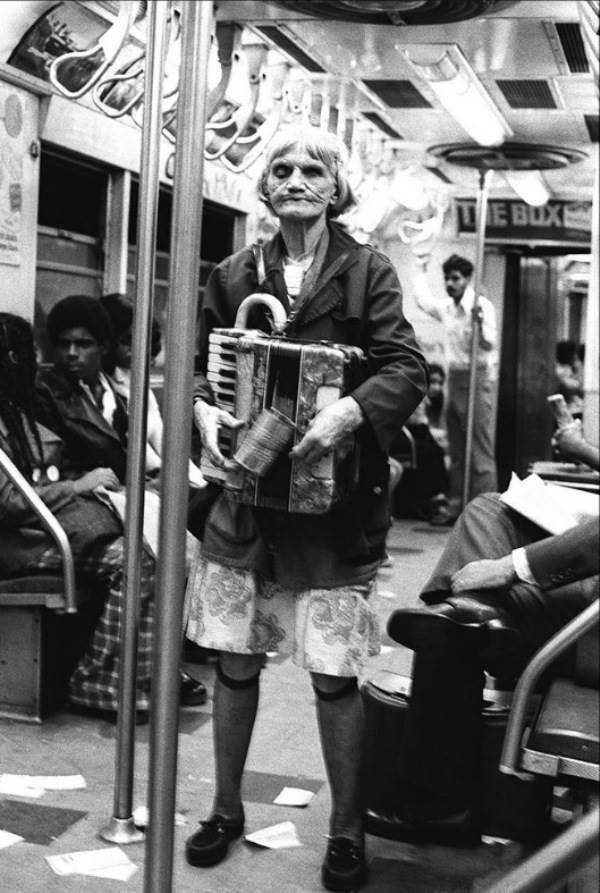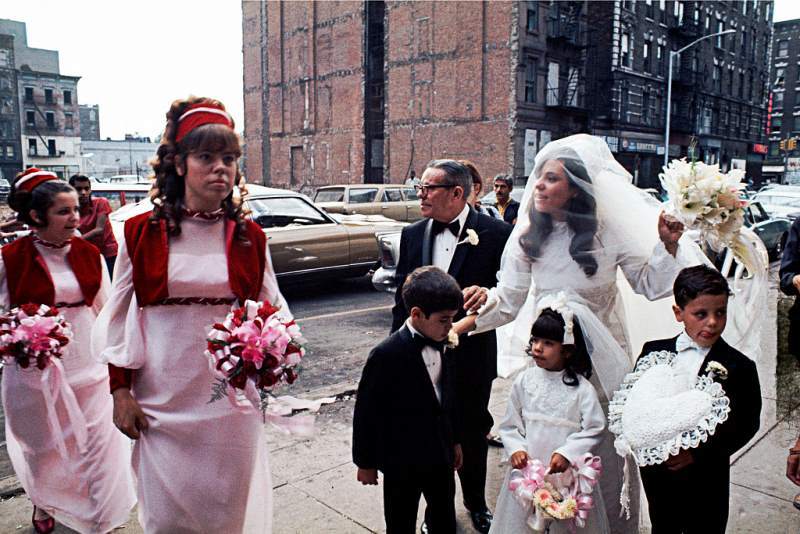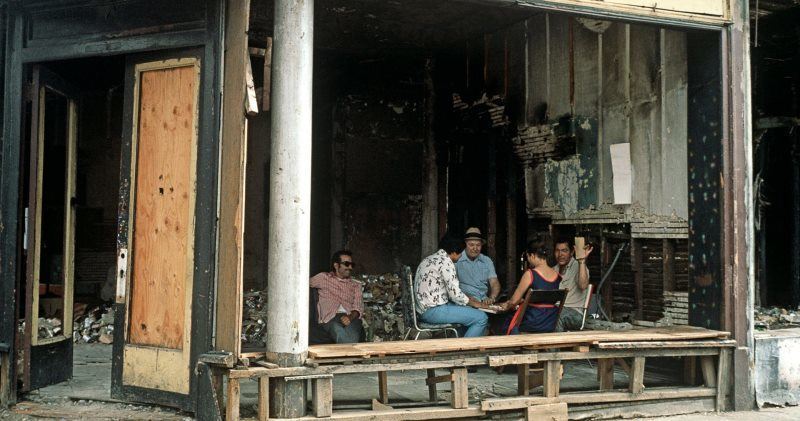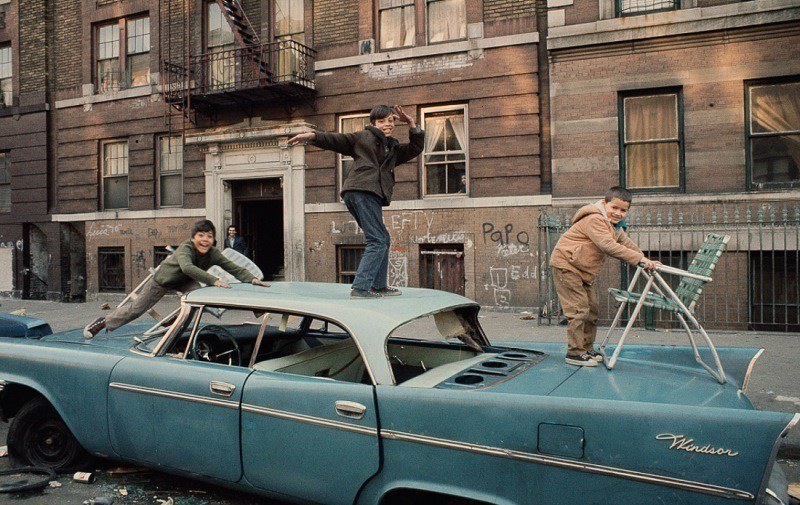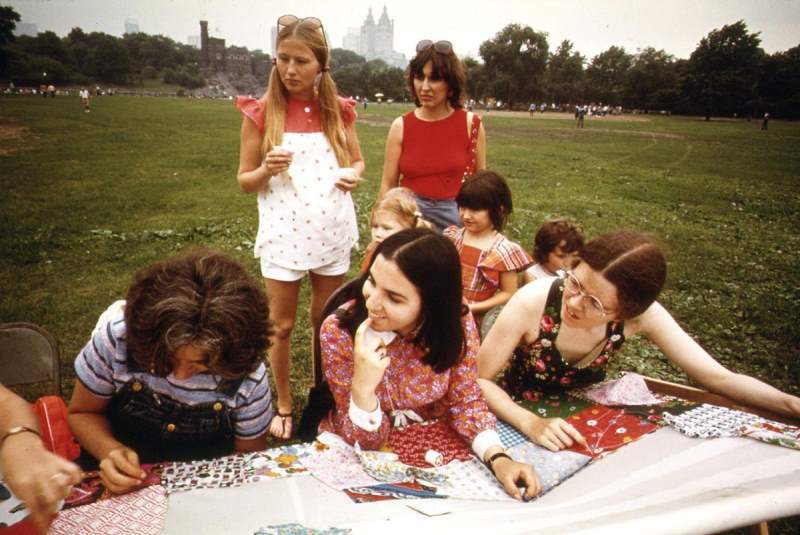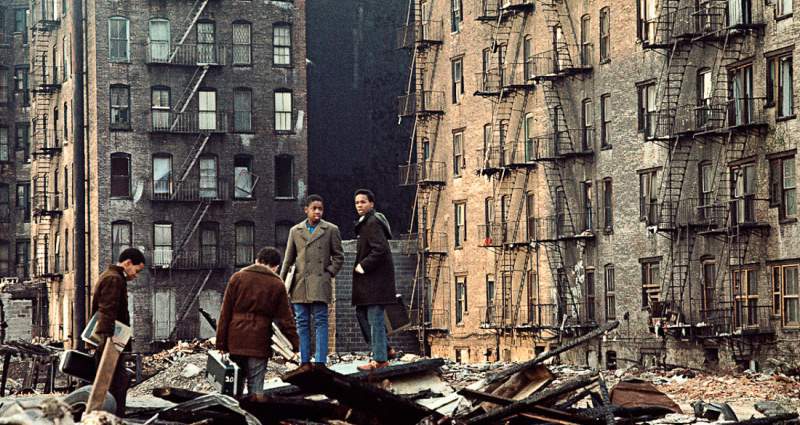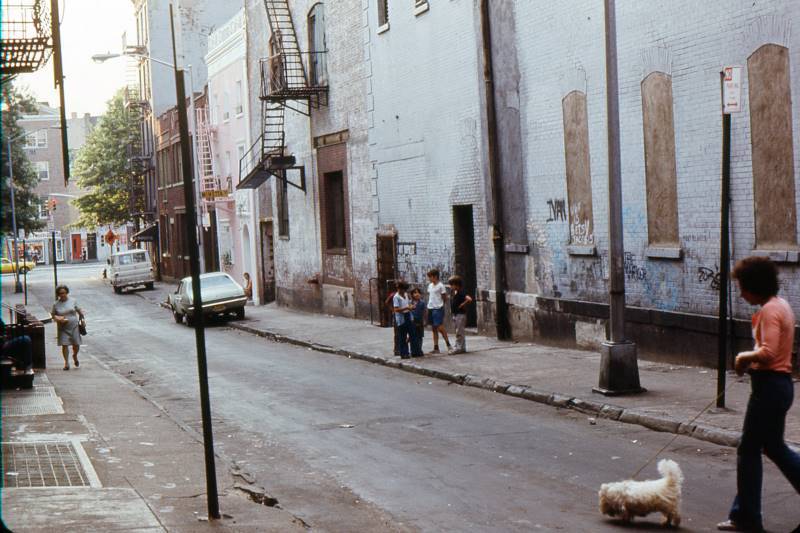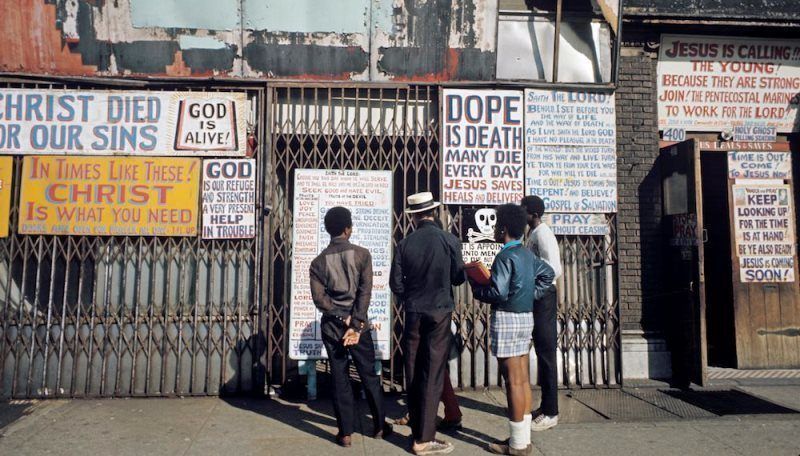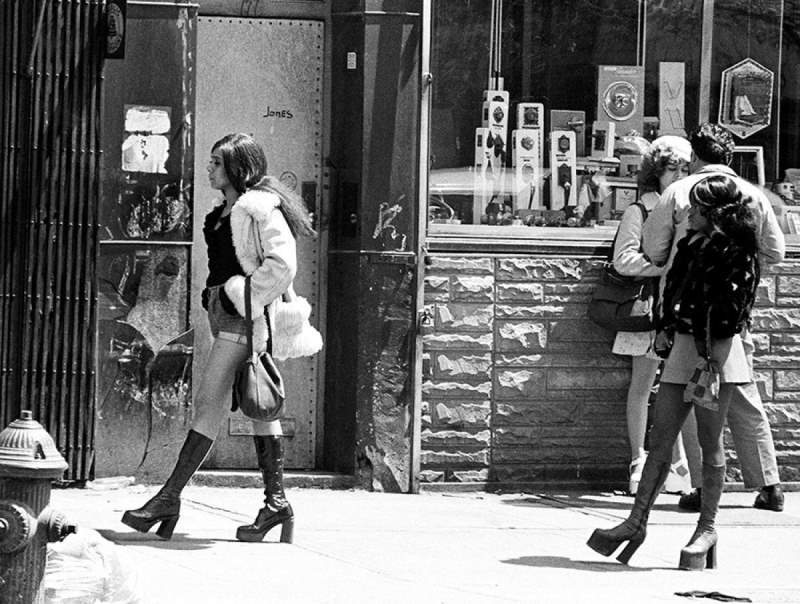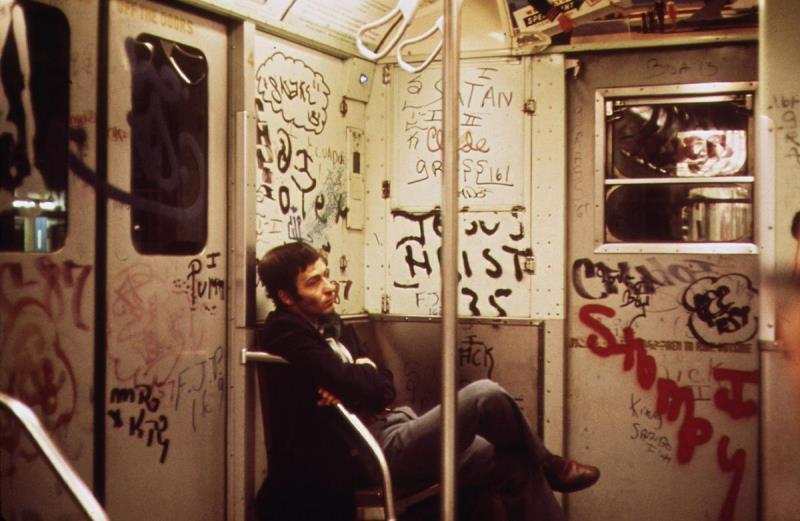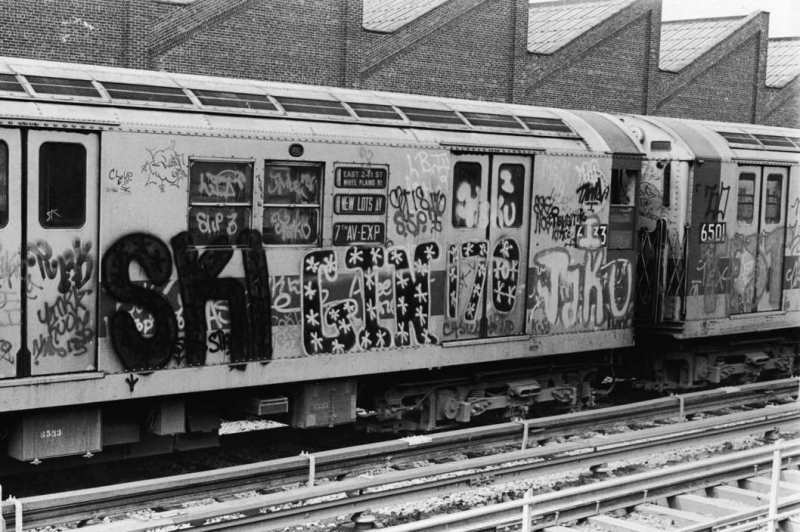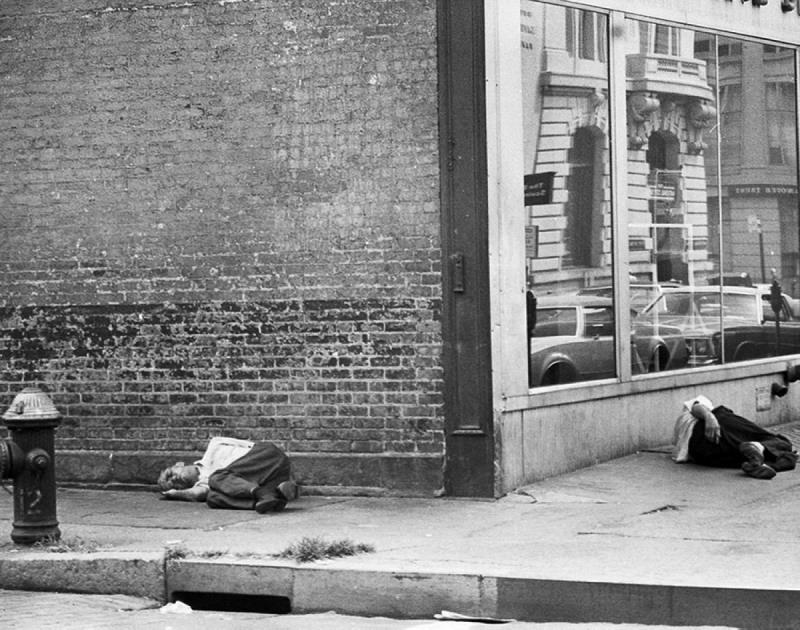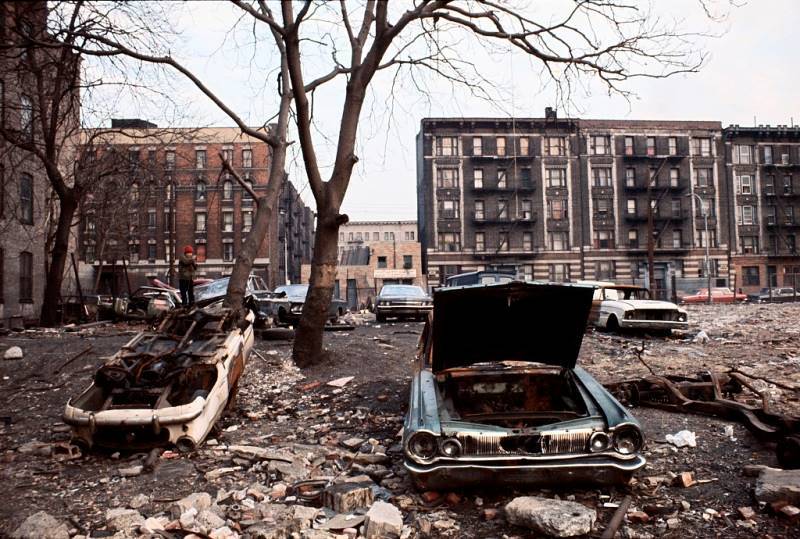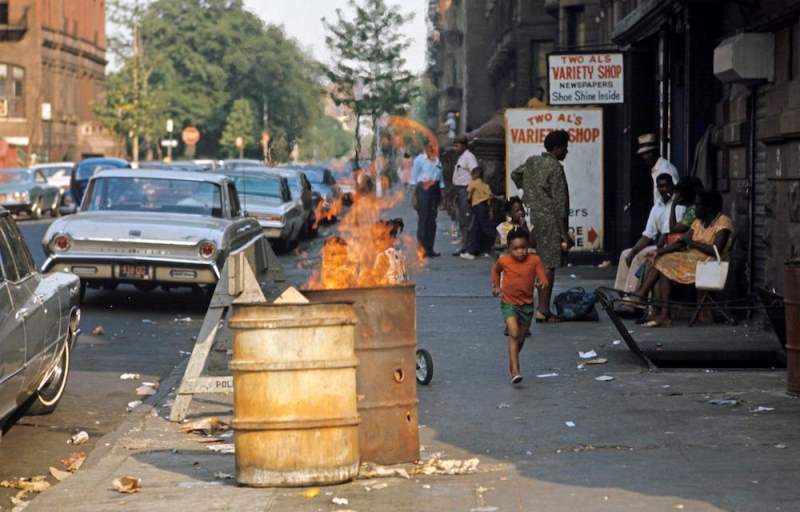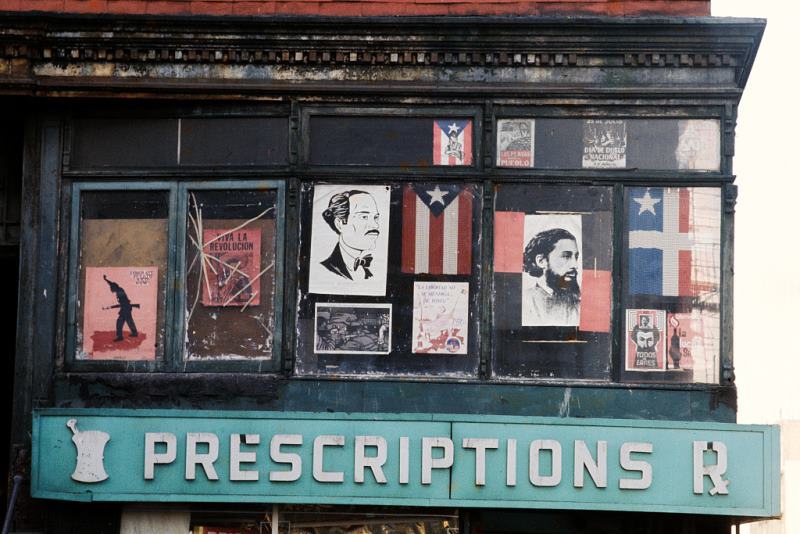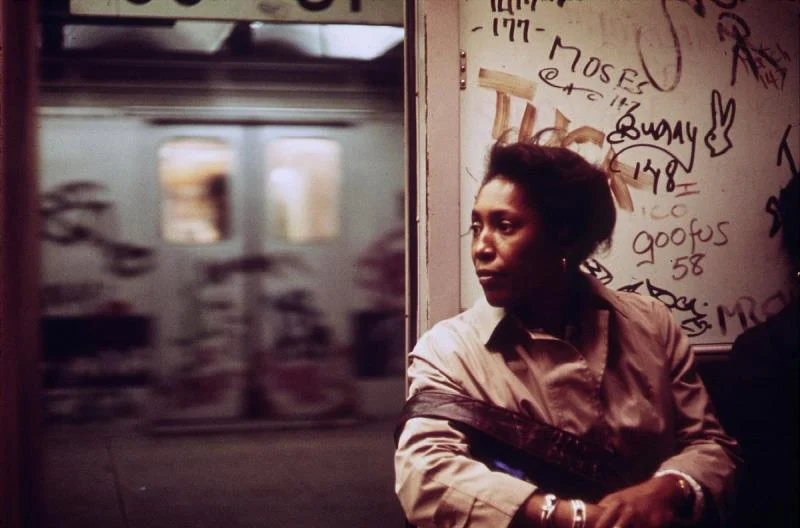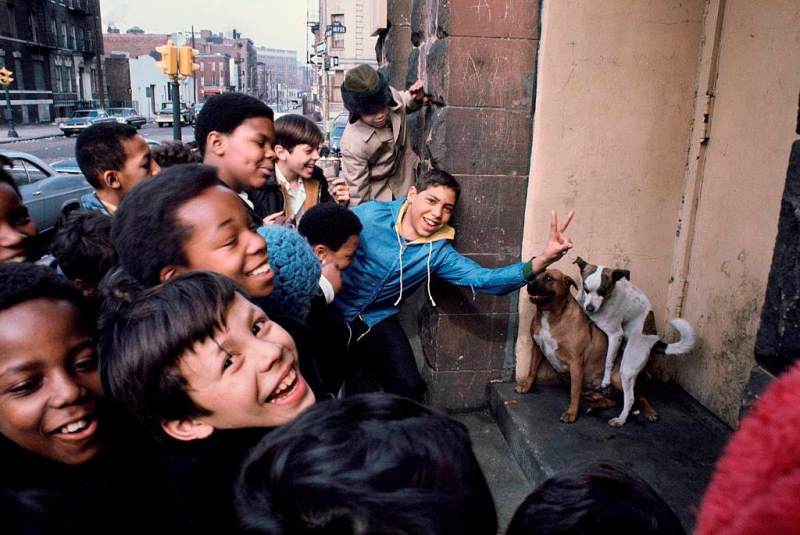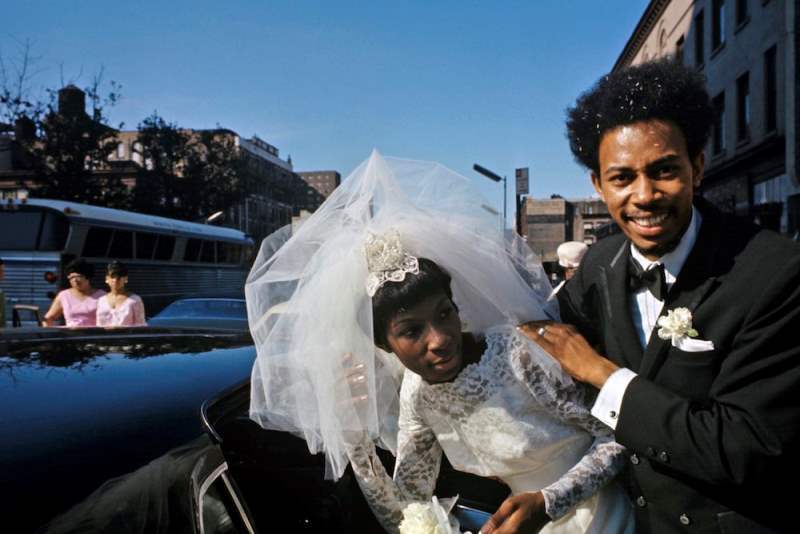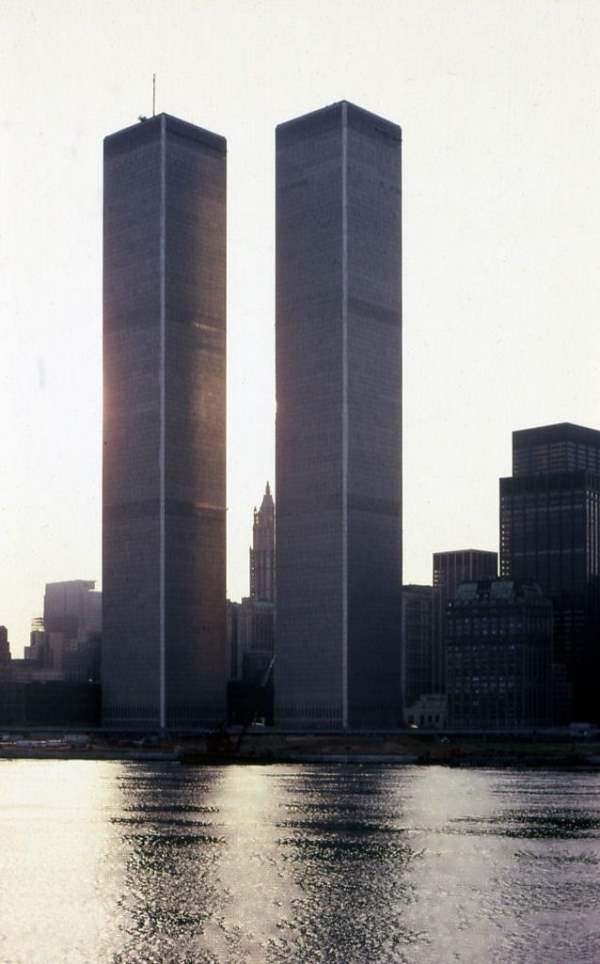In the 1970s, New York City was a study in contrasts. Marked by soaring crime rates and a fiscal crisis that pushed the city to the brink of bankruptcy, it was also an era of vibrant cultural resurgence.
The streets of Manhattan were lined with the grit and glamour that defined a decade of significant transformation.
As the decade began, New York faced an economic downturn that deeply affected its infrastructure and quality of life. The city’s near-bankruptcy in 1975 is a well-documented episode, marked famously by the Daily News headline “Ford to City: Drop Dead.”
This fiscal desperation was mirrored on the streets — graffiti-covered subways and abandoned buildings were common sights, painting a picture of decay that seemed irreversible.
Despite these challenges, the city’s cultural scene flourished with an unbridled energy that became synonymous with New York’s identity. It was the golden age of disco, with clubs like Studio 54 drawing both celebrities and regular New Yorkers into its glamorous embrace. The music scene was equally robust, witnessing the birth of punk at CBGB in the Bowery, where bands like The Ramones and Blondie took the stage, crafting the sounds that would influence generations.
Art, too, found its revolution in this chaos. The SoHo neighborhood, filled with large, unoccupied industrial lofts, became a magnet for artists. Here, figures like Jean-Michel Basquiat began painting on anything they could find, signaling the rise of street art that would later dominate global art culture.
Moreover, the city became a fertile ground for activism. The 1970s saw the strengthening of movements like gay rights following the 1969 Stonewall Riots and anti-war protests, which filled Central Park and spread across university campuses.
By the decade’s end, New York had begun to pivot from its lowest financial point towards renewal. The groundwork laid in the arts and culture during the 1970s helped to reinvent and reinvigorate the city, setting the stage for its eventual resurgence. This era of stark contrasts and extremes encapsulated a unique period in New York’s history, marking it as a time of despair, decadence, decay, and vibrancy.
